Not Solved - still looking for a solution.
I am making a WCF call passing in a SAML Token:
Using SAML token with Web Service (wsdl)
private static string serviceEndpoint = "https service endpoint";
public static void CallProviderService(SecurityToken token)
{
var binding = new WS2007FederationHttpBinding(WSFederationHttpSecurityMode.TransportWithMessageCredential);
binding.Security.Message.EstablishSecurityContext = false;
binding.Security.Message.IssuedKeyType = SecurityKeyType.BearerKey;
var channelFactory = new ChannelFactory<ISomeProviderService>(binding, new EndpointAddress(new Uri(serviceEndpoint)));
string thumb = "mycertthumbprint";
channelFactory.Credentials.ClientCertificate.SetCertificate(StoreLocation.CurrentUser, StoreName.My, X509FindType.FindByThumbprint, thumb);
channelFactory.Credentials.ServiceCertificate.Authentication.CertificateValidationMode = System.ServiceModel.Security.X509CertificateValidationMode.PeerOrChainTrust;
channelFactory.ConfigureChannelFactory();
channelFactory.Credentials.SupportInteractive = false;
var elements = service.Endpoint.Binding.CreateBindingElements();
elements.Find<SecurityBindingElement>().EnableUnsecuredResponse = true;
service.Endpoint.Binding = new CustomBinding(elements);
var channel = channelFactory.CreateChannelWithIssuedToken<ISomeProviderService>(token);
try
{
var response = channel.MyServiceMethod(somedataobject);
}
catch (Exception ex)
{
//log message
}
}
When I had fiddler running the call worked find and returned me data.
With fiddler off, I get 400 Bad Request error in my catch block.
My doubt is the certificate isn't being passed when Fiddler is off.
Any idea?
Note: I have a .wsdl which I used to create proxy classes using Visual Studio ->Add Service Reference.
Question: How can I check if my installed certificate is used while making this https service call?
Updated: Here are the Req/Response from Fiddler:
Tunnel Request: 
Tunnel Response: 
Protocol Exception details:

From Client after Server Certificate Request:

Update 12/8/2014: I think I have got one time success using the binding in this link: WCF custom binding that will support HTTPS, a signed certificate and a signed username token
I will update more as I don't know what that is doing much.